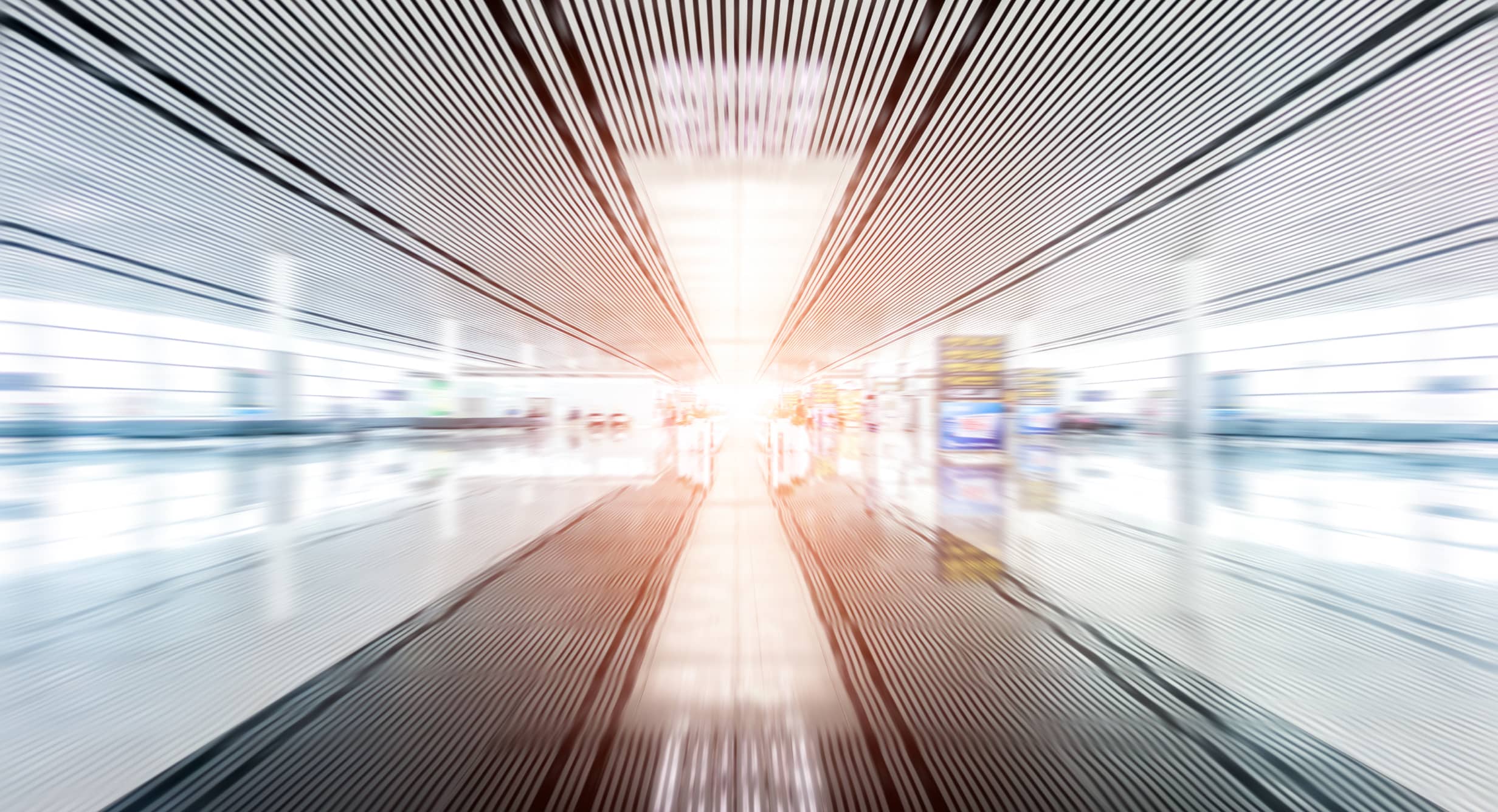
The Breathable Airport, Part 1: Now
- Jorge Barrero
- Bethany Fox
The Challenge
Airports have long been a hotbed of poor air quality, both inside the terminals themselves and on the surrounding property. The buildings, vehicles and aircraft are known culprits of harmful emissions. In addition, as large gathering spaces where millions of people circulate and congregate, airports can help spread contagious diseases quickly and easily. As a result, airports operate as closed ecosystems that compromise the quality of air circulating throughout the building.
Pollutants and pathogens continuously affect the health of travelers and airport employees. Combustion of jet fuels produces pollutants that impact air quality both indoors and outdoors, emitting byproducts such as carbon dioxide, carbon monoxide and nitrous oxide. Pathogens can be viruses or bacteria that can rapidly spread through air and/or surfaces.

The Scalable Solutions
To design airports that are capable of both improving interior air quality and even cleaning omissions generated by nearby planes, we looked at how natural ecosystems breathe. Plants and algae often play this role in natural ecosystems, taking in air, cleansing it of toxins, and returning it to the environment in a form that is healthier for humans. We analyzed these natural ecosystems in relation to the latest technological advancements in ventilation and material science to propose a “breathable” airport, one that cleans air to provide environments that support the health and well-being of people.
We created a three-part, scalable approach that benefits passengers, employees and the surrounding community:
- NOW – small scale strategies in existing airports
- NEXT – larger scale strategies implemented during design of new concourse or terminal
- BEYOND – fully implemented strategies in completely new airports

Over time, pollutants will decrease and pathogens will change. Biological air purification strategies will have a larger role in the future, and we will depend less on mechanical ventilation while beginning to blur the barrier between the interior and exterior.

The Now Impact
The idea of the NOW is for airports to implement solutions that are currently available at a small scale and can be applicable to existing spaces that want to enhance the quality of air. Or projects that are relatively small in scale.
“Seating Breeze”
This prototype integrates a biophilic air cleaning unit into holdroom furniture placement. This system can be combined with displacement air and can be seamlessly integrated into holdrooms where space is limited.

The “Park Pod”
This prototype can operate as an independent habitat/ecosystem within underutilized spaces such as ticketing islands, moving walkways and old offices. Not only does it clean surrounding air but utilizes biophilic elements that can benefit the well-being of passengers by reducing stress levels and providing an area of rest and reprieve. Organic shaped benches, CityBreeze units incorporate moss walls that can clean 82% of fine dust from the air with visual displays that can showcase the system itself, ads or local artwork.

Bio Trees & Bio Panels
The Bio Tree prototype can utilize apron-level space for the placement of algae “trees” that can clean pollutants from the air before they enter the building. Additionally, algae panels can be added to existing façade walls. Both strategies can clean the air, benefiting employees working on the apron level as well as occupants on the interior by providing cleaner air at air intake locations.

All the previous solutions can be implemented separately or in various combinations for facilities that want to incorporate sustainable air cleaning strategies with the added positive impact to occupant health and well-being.
Part two of this series will explore the NEXT solutions – those that can be integrated into large-scale renovations or considered during the design of a new concourse.
This project was completed as a part of HKS’ Research Incubator program. This annual initiative empowers practitioners throughout the firm to invest focused time and energy into exploring topics that encourage innovation and a culture of curiosity. To learn more about this program, please contact us at [email protected].
